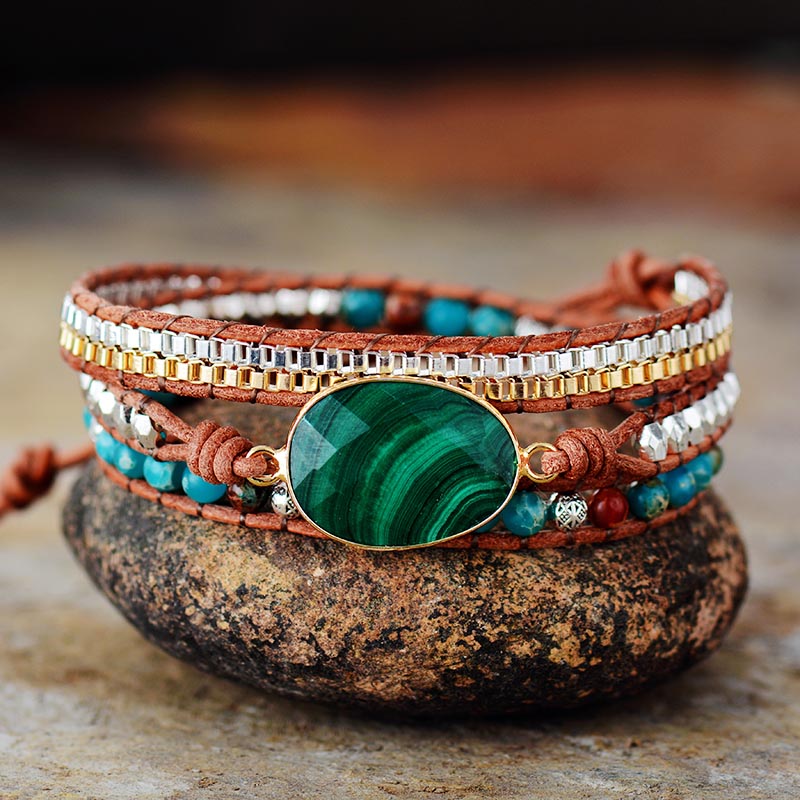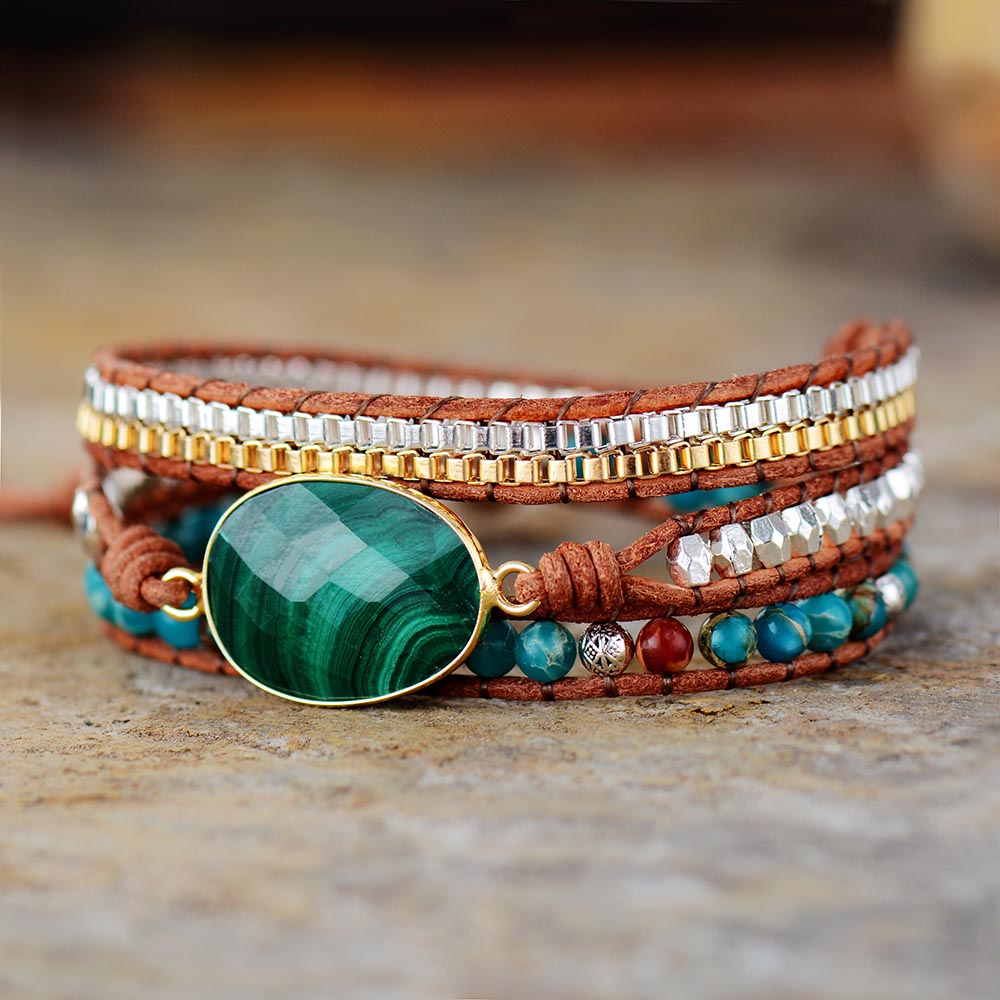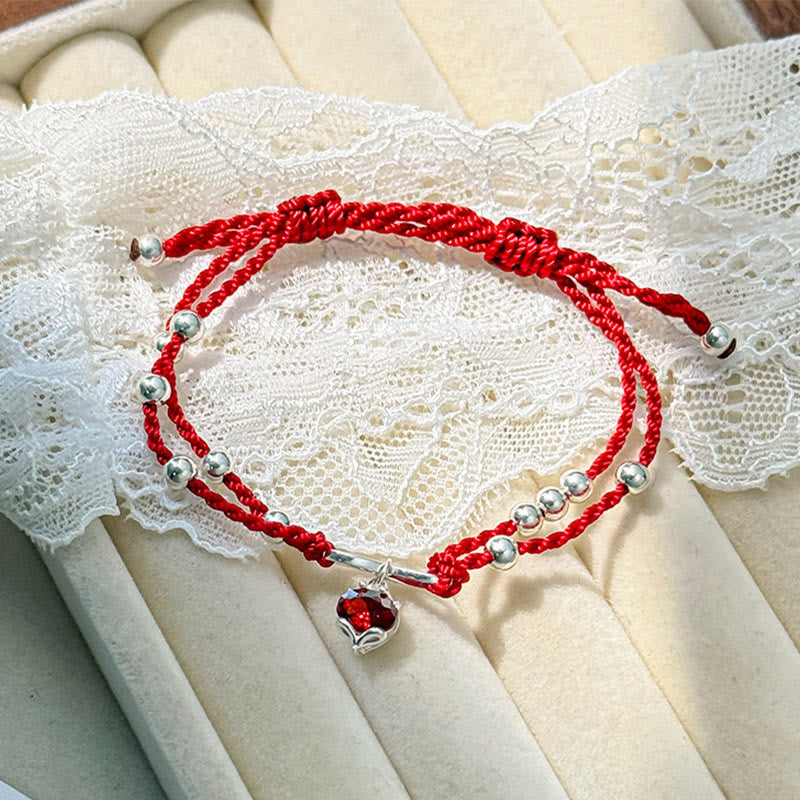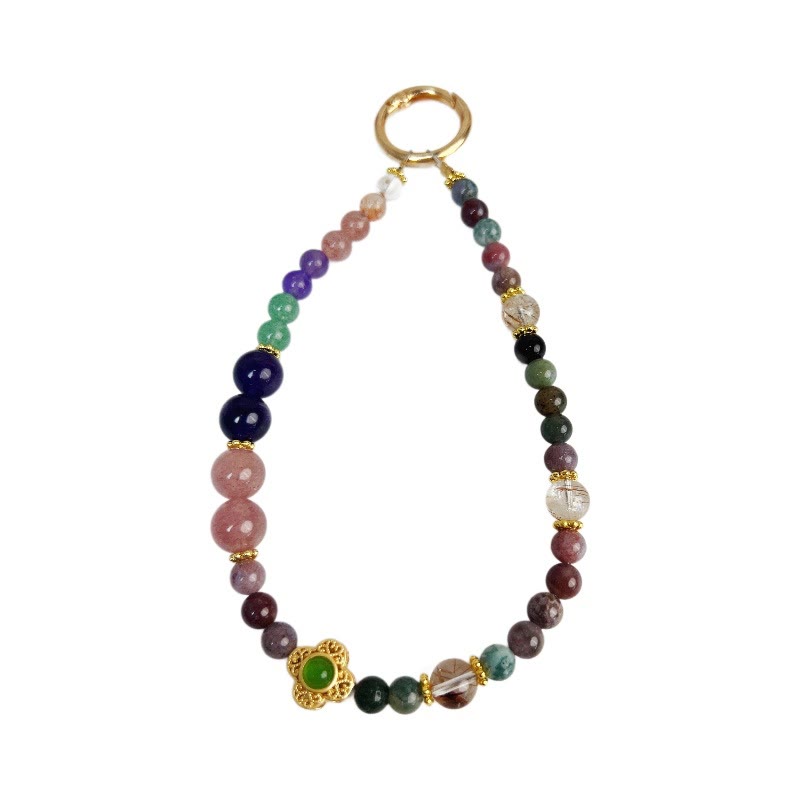The symbol of the evil eye, a captivating and ancient emblem, often sparks a compelling question: is the evil eye bad or good? For many spiritually curious individuals, particularly those drawn to metaphysical wisdom and holistic well-being, understanding its true nature is key. This article delves into the heart of the evil eye's meaning, exploring its dual identity as both a perceived curse and a powerful protective talisman. We'll debunk common myths and shed light on how its significance varies across cultures, helping you decide how this potent symbol resonates with your spiritual journey.
The Evil Eye: A Curse or a Blessing?
The concept of the "evil eye" often conjures images of a malevolent glare, a source of misfortune, illness, or general negativity intentionally or unintentionally cast upon an unsuspecting person. Historically, this belief is widespread, with many cultures attributing bad luck or sudden downturns in fortune to the envious or ill-willed gaze of another. In this context, the evil eye is perceived as something inherently bad, a harmful force to be wary of. The fear isn't necessarily of the symbol itself, but of the negative energy it represents when directed as a curse.
This notion stems from the idea that strong emotions, particularly envy or jealousy, can manifest as a tangible energetic attack. When someone looks upon another's good fortune—be it their happiness, success, or possessions—with intense negativity, that energy is believed to project outwards, potentially causing harm to the recipient. This understanding paints the evil eye as a source of psychic attack, making the question "is the evil eye bad or good?" lean towards "bad" when considering its potential as a curse.
The Evil Eye as a Protective Amulet
Conversely, and perhaps more commonly in modern understanding, the evil eye symbol is widely recognized as a powerful protective amulet. This is where the narrative shifts significantly. The iconic blue and white eye-shaped charm, known as a "nazar" in some cultures, is not the source of the curse but rather a shield against it. When used in this way, the evil eye is unequivocally good; its purpose is to deflect malevolent gazes and protect the wearer or owner from harm.
The belief is that the amulet "catches" the harmful energy of the evil eye glare, neutralizing it before it can affect the individual. If the amulet breaks or cracks, it's often believed to have absorbed a particularly strong dose of negativity, thus having fulfilled its protective duty. This perspective transforms the evil eye from a threat into a guardian, a symbol of good luck and a tool for maintaining spiritual and energetic well-being. Many people wear evil eye jewelry or display the symbol in their homes and cars precisely for this reason – to harness its protective qualities.

The effectiveness of the evil eye amulet is deeply rooted in faith and intention. For those who believe in its power, it serves as a constant reminder of their spiritual defenses and a tangible comfort against unseen negative forces. Understanding this duality is crucial when considering whether is the evil eye bad or good for you.
Understanding the Symbolism: 🧿 Meaning Across Cultures
The meaning of the evil eye (often represented by the 🧿 emoji) is rich and varied, with roots in ancient civilizations spanning the Mediterranean, Middle East, Latin America, and parts of Asia and Europe. While the core concept of a harmful gaze and the use of an amulet for protection is common, specific interpretations and rituals can differ. In ancient Greece and Rome, the "oculus malus" (evil eye) was a well-documented superstition. In Turkey, the "nazar boncuğu" is ubiquitous, found in homes, vehicles, and worn as jewelry. In Jewish tradition, the hamsa hand often incorporates an evil eye symbol for enhanced protection. This widespread presence underscores its enduring significance as both a perceived threat and a symbol of defense.
Key Takeaways on Evil Eye Symbolism:
- Dual Nature: Represents both a potential curse and a powerful protective charm.
- Cultural Roots: Deeply embedded in traditions worldwide, from ancient civilizations to modern practices.
- Protective Function: The amulet form is believed to deflect negativity and ward off ill will.
Debunking Common Myths About the Evil Eye
Many misconceptions surround the evil eye. One common myth is that simply owning or wearing an evil eye charm can bring bad luck if not "activated" correctly or if it's gifted by someone with ill intentions. However, the prevailing belief is that the charm itself is inherently protective. Its power is often seen as passive, always working to deflect negativity. Another myth is that only certain people can "cast" the evil eye; while some traditions believe it can be an unconscious act driven by envy, the protective amulet is designed to shield against all forms of it.
Some also wonder if the evil eye's power is tied to a specific religion. While it features in the folklore of many cultures that also have dominant religions, the evil eye belief itself is more of a widespread superstition or spiritual tradition rather than a strict religious doctrine. It often coexists with various faith practices. The core idea is about energy – negative energy projected and protective energy employed.
Ultimately, the question of "is the evil eye bad or good" often comes down to personal belief and the intention behind its use. If used as a protective talisman, it is seen as a source of good. For more insights, you can explore resources like the Encyclopaedia Britannica's entry on the evil eye for a historical overview.
Wearing the Evil Eye: Protection and Personal Belief
For many, wearing evil eye jewelry is a personal statement of faith in its protective qualities and a way to carry a sense of security. Whether it's a necklace, bracelet, or earrings, these pieces serve as constant, wearable guardians. The belief is that the amulet actively watches out for the wearer, deflecting any unseen negativity or envious glances. This practice isn't just about warding off harm; it's also about inviting evil eye good luck by maintaining a positive energetic field around oneself.

Choosing to wear an evil eye symbol is often a deeply personal decision, tied to one's spiritual beliefs and cultural heritage. It can be a comforting presence, helping to alleviate anxiety about external negativity and bolstering a sense of inner strength. The key is the wearer's intention and belief in its efficacy.
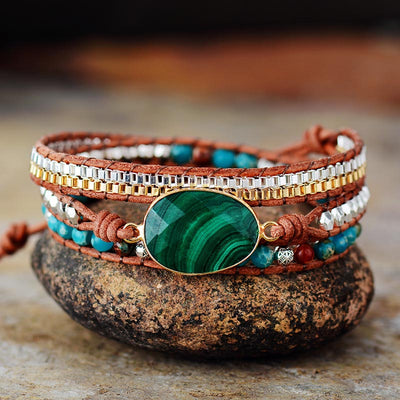
Malachit Schutz & Harmonie Lederarmband
$49.99 $59.99
Ward off negative energy with this malachite bracelet, revered for both evil eye protection and vibrant harmony.
Explore ProductBeyond Jewelry: Other Forms of Evil Eye Protection
While jewelry is a popular way to harness evil eye protection, the symbol's safeguarding energy can be invited into various aspects of life. Many people hang evil eye charms in their homes, especially near entrances, to protect the household. It's also common to see them in cars, offering protection during travel. Some even incorporate the symbol into clothing or other accessories. The versatility of the evil eye as a protective emblem allows individuals to integrate its positive energies in ways that feel most meaningful and effective for them. These items serve as constant reminders of spiritual defense and a commitment to maintaining a positive environment.

The use of such items reflects a proactive approach to energetic well-being, acknowledging the potential for external negativity while empowering oneself with symbolic shields. For further reading on protective symbols and their cultural significance, academic resources like JSTOR for articles on folklore and symbolism can offer deeper insights.
Discover More Protective Charms
Blend Eastern tradition and modern style—wear this red string bracelet for daily evil eye protection and heartful connection. Learn more ➔
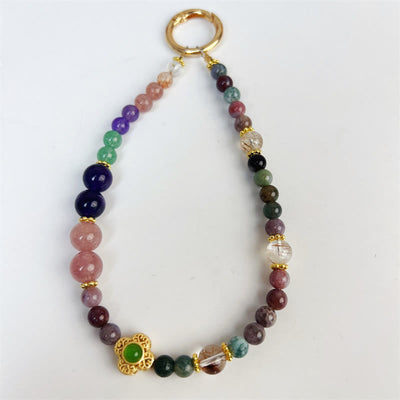
Tourmaline Amethyst Strawberry Quartz Car Hanging Charm
$24.90
$35.90
Infuse your space and journeys with triple-crystal energy—amplify protection against the evil eye wherever you go. Learn more ➔
So, Is the Evil Eye Bad or Good? The Modern Verdict
Ultimately, the answer to "is the evil eye bad or good?" is nuanced. The "evil eye" as a concept of a harmful gaze is widely considered bad. However, the evil eye symbol, when used as an amulet, is overwhelmingly seen as a good and protective force. Its power lies in its ability to reflect and neutralize negative energy, thereby safeguarding the wearer or owner.
Deciding for Yourself:
- Intent is Key: If used for protection, the symbol is beneficial.
- Cultural Context: Understand its rich history as a protective talisman.
- Personal Belief: Its effectiveness is often tied to your own faith in its power.
Modern interpretations lean heavily towards the amulet's positive attributes. For those seeking spiritual tools for emotional well-being and energy protection, the evil eye charm offers a tangible symbol of defense and peace of mind. It serves as a reminder to stay mindful of one's energy and the energies of those around them.
In conclusion, the evil eye embodies a fascinating duality. While the notion of a harmful gaze exists, the symbolic representation—the amulet—is a beacon of protection and good fortune for countless individuals across the globe. By understanding its history, debunking myths, and recognizing its role as a protective talisman, you can decide how this ancient symbol fits into your own spiritual practice. Whether you see it as a cultural artifact, a trendy accessory, or a potent spiritual tool, its enduring legacy speaks to a deep human desire for safety and well-being. Embrace the protective qualities of the evil eye and allow its positive energy to support your journey.
Frequently Asked Questions about The Evil Eye's Nature
No, it is generally not considered bad to wear the evil eye; in fact, it's quite the opposite. The evil eye amulet is worn as a form of protection against negative energy and misfortune believed to be inflicted by an envious gaze. Wearing it is intended to bring good luck and safety.
The evil eye 🧿 symbol primarily means protection against a curse or malevolent glare. It is believed to reflect the harmful energy back to the sender or neutralize it. It also symbolizes watchfulness, safeguarding the wearer or owner from unseen dangers and ill will.
People wear the evil eye 🧿 for protection from negativity, bad luck, and envy. It's a traditional belief that the amulet deflects harmful intentions and safeguards well-being. Many also wear it as a symbol of good fortune and to feel a sense of spiritual security.
The "evil eye" itself (the harmful gaze) is considered negative. However, the evil eye symbol or amulet is considered positive, as its purpose is to protect against that negativity. So, the charm or talisman is a positive force used to counteract a negative one.
While the evil eye symbol has become trendy in fashion, its belief as a protective amulet dates back thousands of years across many cultures. Whether it "really" offers protection often depends on personal faith and belief. For believers, its protective power is genuine; for others, it might be more symbolic or a cultural tradition.



